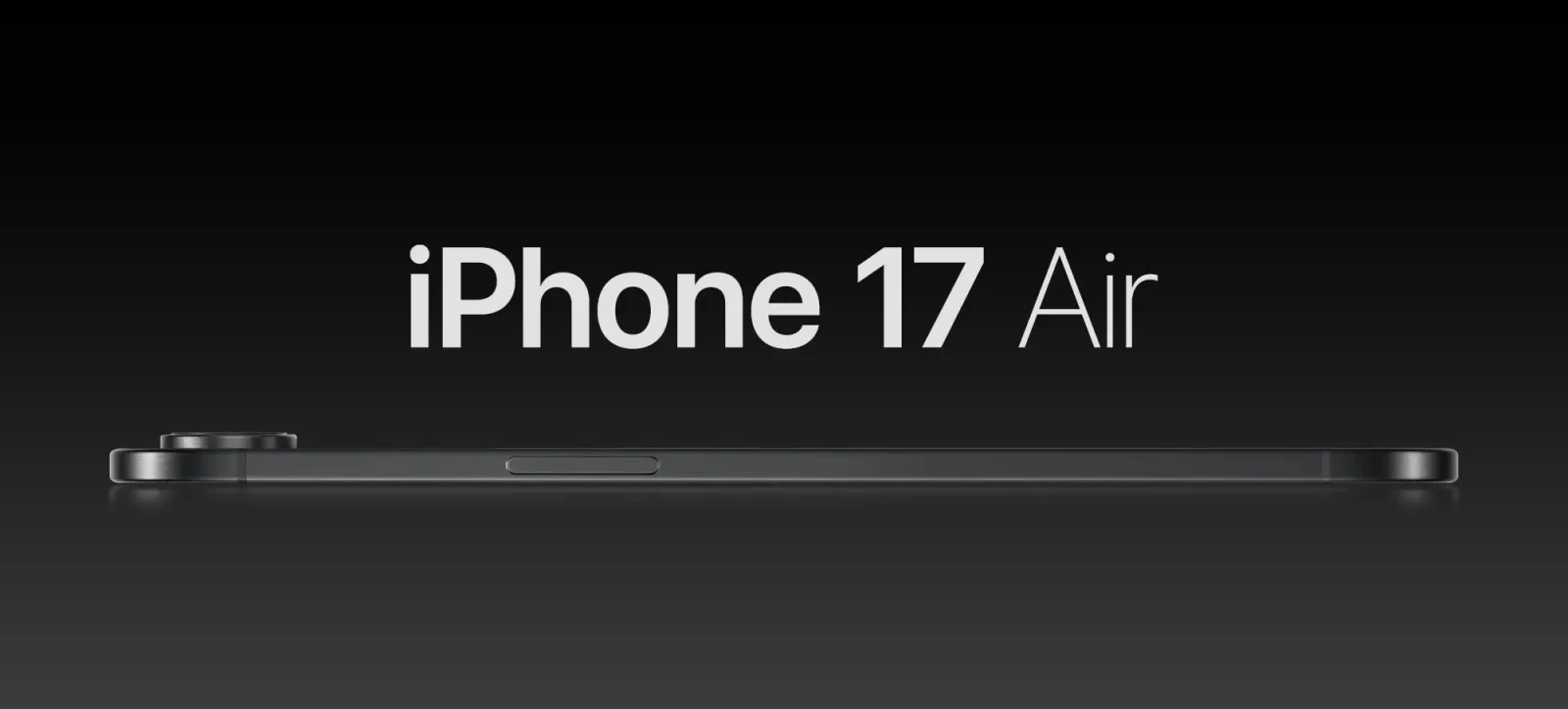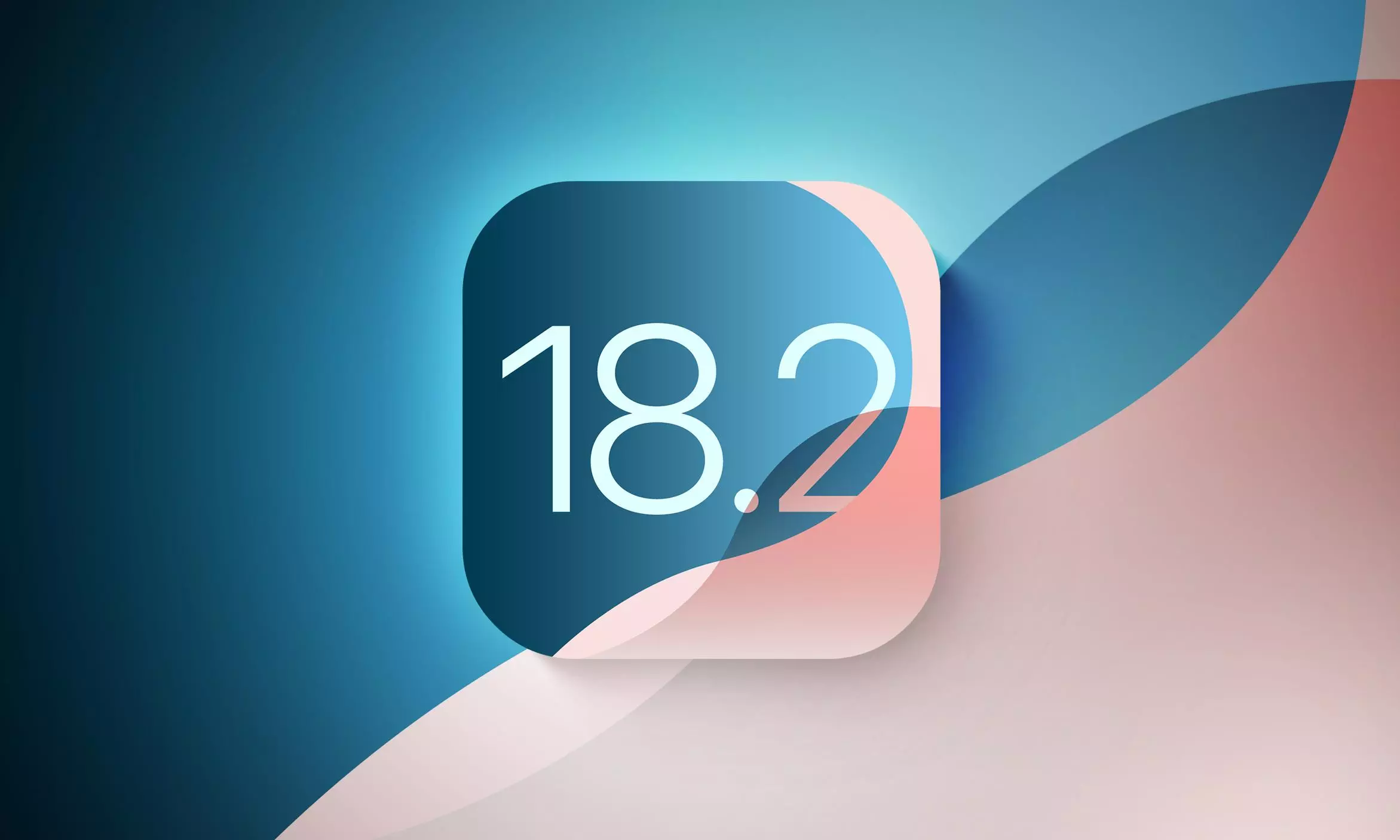The digital landscape is in constant flux. From debates surrounding social media regulation to emerging hardware vulnerabilities and the ever-shifting terrain of internet governance, staying informed about cybersecurity is more critical than ever. This year, I’m diving deep into the world of digital security, and I wanted to share my growing reading list and recommended resources for anyone embarking on or continuing their journey into Apple security in 2025.
This exploration comes after a particularly eventful period. Recent headlines, including discussions around social media platform restrictions, newly discovered hardware vulnerabilities, and renewed debates on net neutrality, highlight the dynamic nature of the digital realm. It’s a reminder that constant learning and adaptation are essential in this field.
For those serious about understanding the intricacies of Apple’s security protocols, there are some fundamental resources that shouldn’t be overlooked. While they might not be the most captivating reads, they offer invaluable insights into the security concepts and technologies underpinning Apple’s products. Consider these your foundational texts:
- Apple Platform Security Guide (December 2024): This comprehensive document delves into various facets of Apple’s security framework, covering hardware security, system security, encryption and data protection, app security, services security, and iCloud data security. It’s a deep dive into the technical details, offering a thorough understanding of how Apple safeguards its ecosystem.
- The NIST Cybersecurity Framework (CSF) 2.0: This framework provides a standardized approach to managing cybersecurity risk. It’s a valuable resource for understanding best practices and industry standards in cybersecurity.
- Apple Security Research Blog: This blog offers insights into Apple’s ongoing security research and discoveries. It’s a valuable resource for staying up-to-date on the latest security developments within the Apple ecosystem.
Beyond official documentation, books offer a more narrative and engaging way to explore cybersecurity concepts. Finding resources specifically focused on Apple security can be a challenge, but there are some gems worth seeking out. I was particularly excited to learn about the upcoming second volume of Patrick Wardle’s “The Art of Mac Malware.” The first volume was an excellent guide to malware analysis, and I eagerly anticipate the insights the second volume will provide on malware detection.
Here are some books currently on my reading list:
- The Art of Mac Malware, Volume 1: The Guide to Analyzing Malicious Software (Reread): This book provides a practical guide to dissecting and understanding malicious software targeting macOS. It’s an essential resource for anyone interested in malware analysis.
- The Art of Mac Malware, Volume 2: Detecting Malicious Software – by Patrick Wardle: Building upon the first volume, this book will delve into techniques for detecting malicious software on macOS systems.
- The Cuckoo’s Egg: Tracking a Spy Through the Maze of Computer Espionage – by Cliff Stoll: This classic recounts the true story of a hunt for a hacker infiltrating computer systems. It’s a captivating tale that highlights the early days of cyber espionage.
- The Art of Invisibility – by Kevin Mitnick: Written by a former hacker, this book explores techniques for protecting privacy and security in the digital age. It offers practical advice on safeguarding personal information in an increasingly connected world.
- Sandworm: A New Era of Cyberwar and the Hunt for the Kremlin’s Most Dangerous Hackers – by Andy Greenberg: This book delves into the world of state-sponsored cyberattacks, focusing on the activities of the Russian hacking group Sandworm. It provides a chilling look at the potential consequences of cyber warfare.
- Threat Hunting macOS – by Jaron Bradley (ETA unknown): This upcoming book promises to provide valuable insights into proactive threat hunting techniques for macOS environments.
- Weapons of Math Destruction: How Big Data Increases Inequality and Threatens Democracy – by Cathy O’Neil: This book explores the potential for algorithms and big data to perpetuate bias and inequality. It raises important questions about the ethical implications of data-driven decision-making.
Looking back at my reading from the previous year, several books stand out as particularly noteworthy:
- This Is How They Tell Me the World Ends – by Nicole Perlroth: This book explores the vulnerabilities of the global digital infrastructure and the potential for catastrophic cyberattacks.
- Ghost in the Wires: My Adventures as the World’s Most Wanted Hacker – by Kevin Mitnick: Another captivating memoir from Kevin Mitnick, this book recounts his experiences as a notorious hacker.
- Cult of the Dead Cow – by Joseph Menn: This book tells the story of the influential hacker group Cult of the Dead Cow and its impact on the cybersecurity landscape.
- After Steve: How Apple Became a Trillion-Dollar Company and Lost Its Soul – by Tripp Mickle: While not strictly about security, this book offers insights into Apple’s corporate culture and its evolution, which can indirectly influence security priorities.
I believe that staying informed about cybersecurity is a continuous process. I’m always eager to discover new resources and perspectives. I encourage everyone to share any recommended books, articles, or resources that they’ve found valuable. Collective learning and knowledge sharing are essential in navigating the ever-evolving world of digital security.



